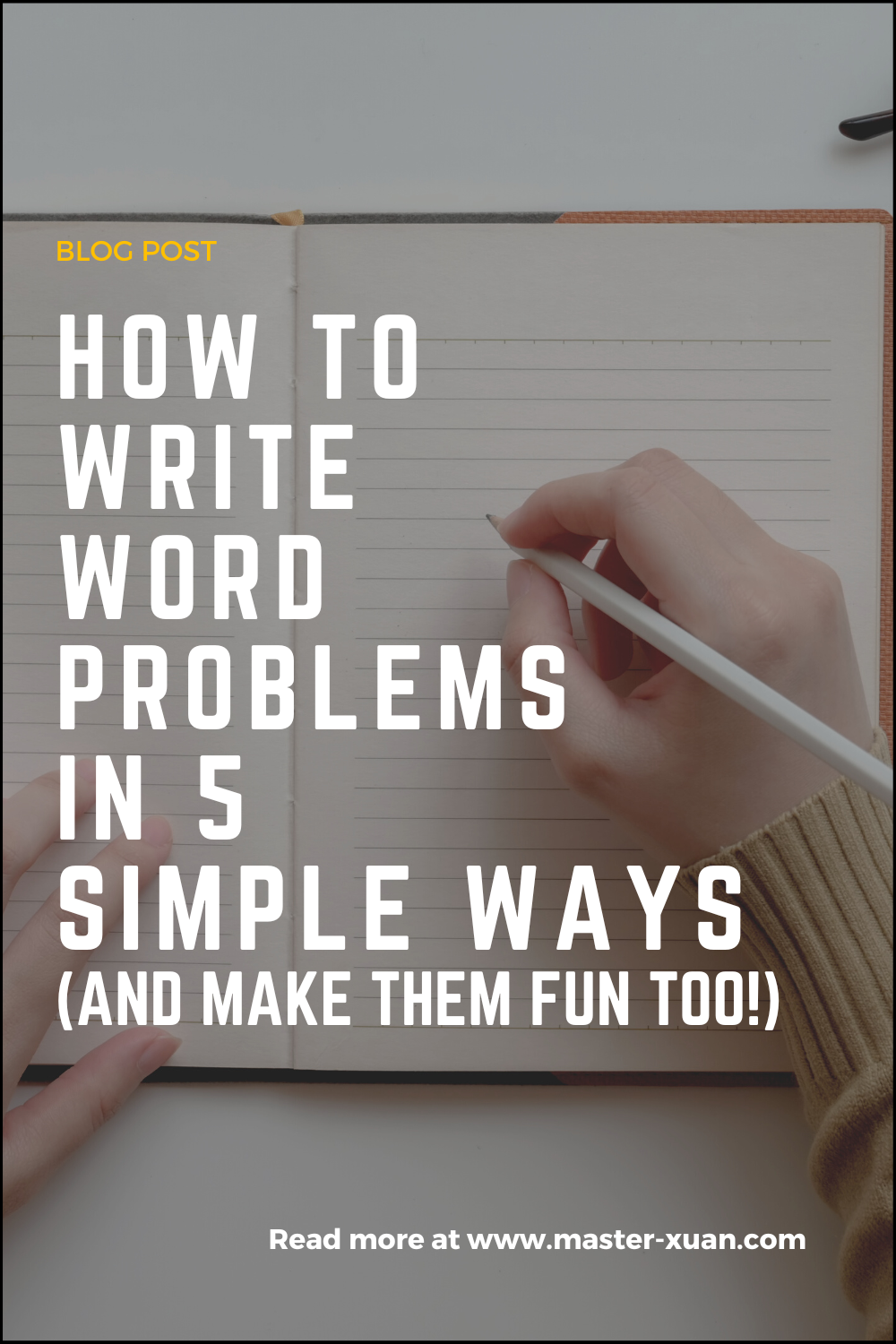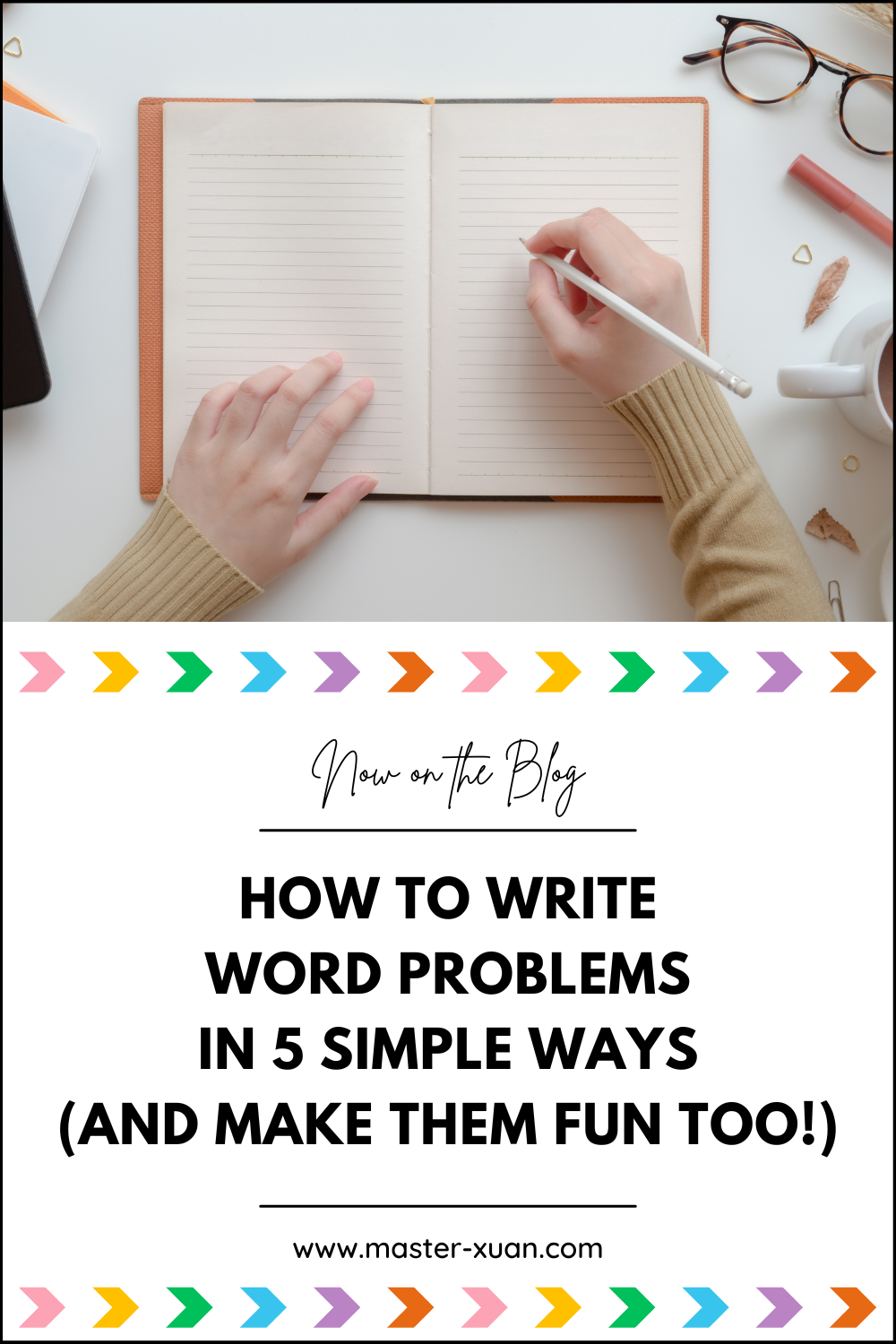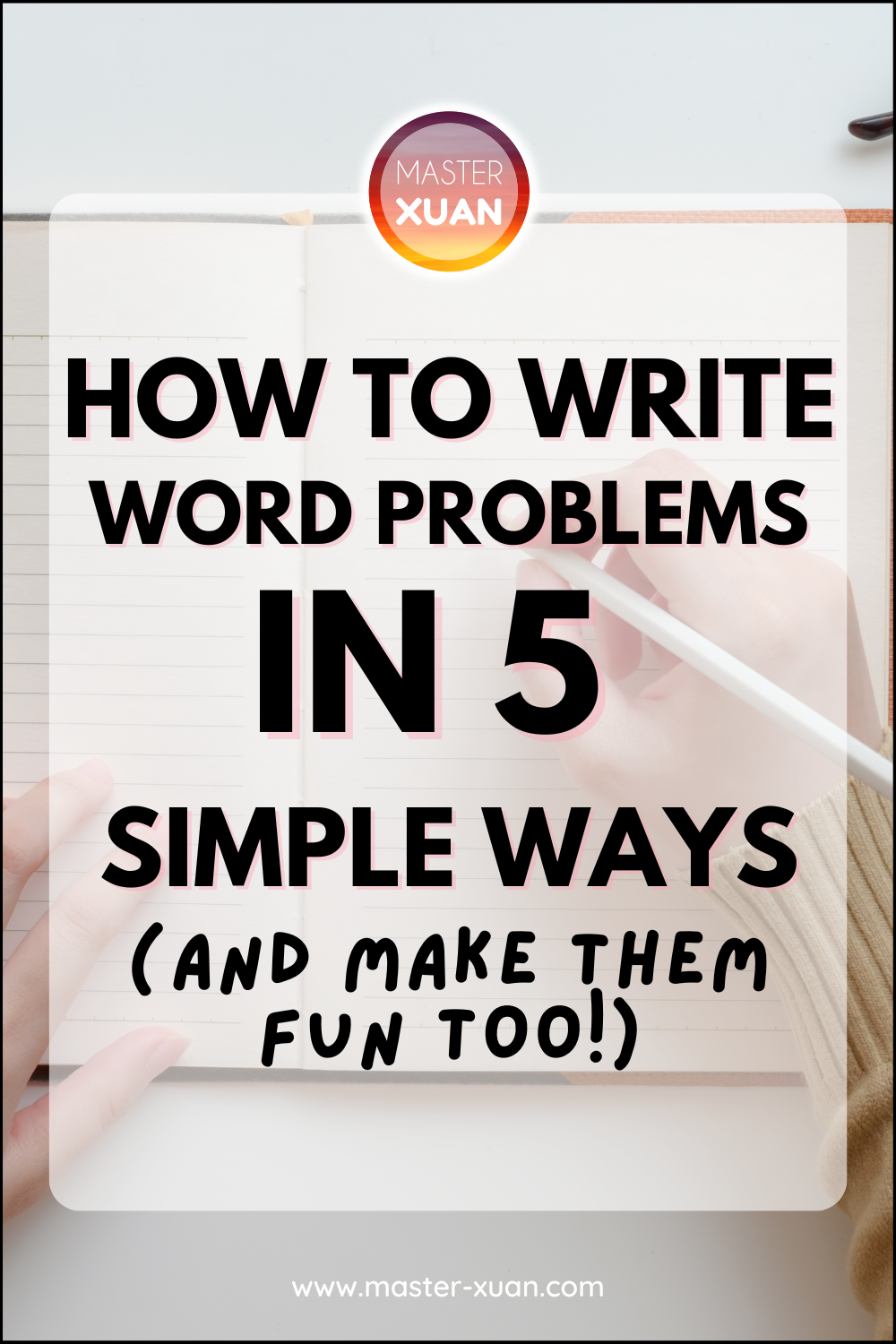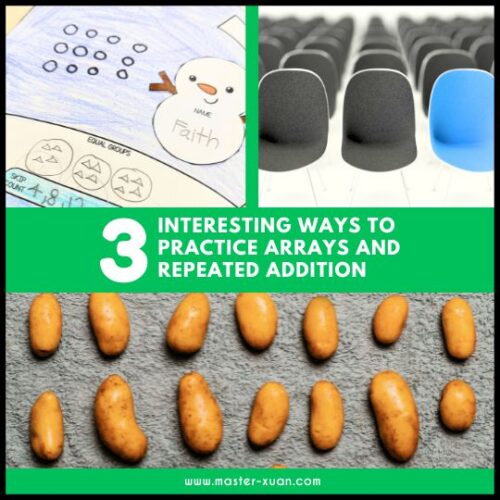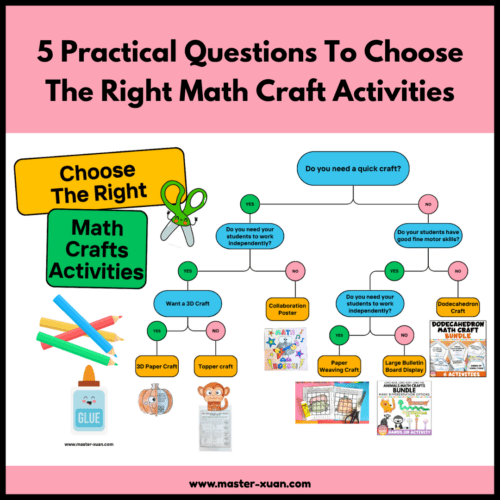Do you want to learn how to write word problems for your students? Then you need to read this blog post!
Word problem is one of the important question types that we need to help our students to master. Hence, they will need lots of word problems. If you need some tips to write math word problems easier, then continue to read on!
How To Write Word Problems In 5 Simple Ways
- Reference from other word problems
- Vary the language
- Change up what you’re asking for
- Use real-world math problems
- Differentiate word problems
1) Reference from other word problems
If you just need more practice for your students, generating common word problems is essential. These simple word math problems are most likely easily accessible. You can look them up in the textbook, past year papers, or online.
You can copy the format of the question and change the variables (i.e. numbers and characters involved) to suit your needs. This is useful to help students try out similar exam questions to master them.
If you need to generate some unique questions, you can still use word problems as a starting point or inspiration.
2) Vary the language
Instead of copying all the phrasing from a word problem, you can rephrase them as you write a math story problem.
This can also benefit students as they get to know the various way of asking the same thing.
3) Change up what you’re asking for
If you prepared enough of the same type of questions, then seek to prepare different types of questions with similar scenarios.
For example:
Result Unknown
Example: There were 7 kids swimming in the pool. 3 more kids jumped in. How many kids are in the pool now? (7 + 3 = ?)
Change Unknown
Example: There were 8 kids swimming in the pool. More kids jumped in. Now there are 15 kids in the pool. How many kids jumped in? (8 + ? = 15)
Initial Quantity Unknown
Example: There were kids swimming in the pool. 2 kids jumped in. Now there are 6 kids in the pool. How many kids were swimming in the pool at first? (? + 2 = 6)
4) Use real-world math problems
Word problems will engage students if they realize that it is useful to help them solve problems in real life or when it is linked to something that happens in their daily life.
By creating real-world math problems, students will be more interested and willing to learn.
5) Differentiate word problems
Students have different abilities and learning paces. By making similar word problems with different difficulty levels, you can cater to different students.
Here are some ideas to make questions easier:
- Using smaller numbers
- Require lesser math skills
- Require lesser equations/steps
- Paragraph text to make reading easier (i.e. one sentence as one paragraph).
- Include pictures or models
Related read: Using Scaffolding For Learning Math Effectively In 9 Simple Ways
3 Ways to make it fun
1) Use your students’ name
Students are delighted when they see familiar names (yes, including when they see their friends’ names or relatives’ names).
You will grab their attention immediately.
However, to be on the safe side, I try not to use their names with questions that may have any negative connotations or comparisons. For example, I would avoid writing word problems with their name if the character failed the test.
2) Make it seasonal or themed based
If your students love festivals and holidays, making questions seasonal will help draw their attention back to the question.
Of course, they may also get distracted wanting to share with you what is their favorite Halloween costume, etc. So beware!
Other than that, having seasonal questions can help make the lesson have a cohesive feel. That is especially if you love having themes in the classroom.
3) Make it nonsensical
Sometimes making word problems unreal-life can spark students’ interest and be more interesting too.
Talking about witches, fairy godmothers, aliens, superheroes and other supernatural beings doing “weird” or interesting things can make students want to continue reading.
No longer will they have a headache reading through the text!
Final Thoughts
After creating word problems, do remember to solve them and ensure they make sense.
To make the process of creating math word problems easier and faster for you to “copy” and print worksheets for your students, consider buying math resources that allow you to edit. This way, you can easily change the numbers or part of the text if needed.
For example:
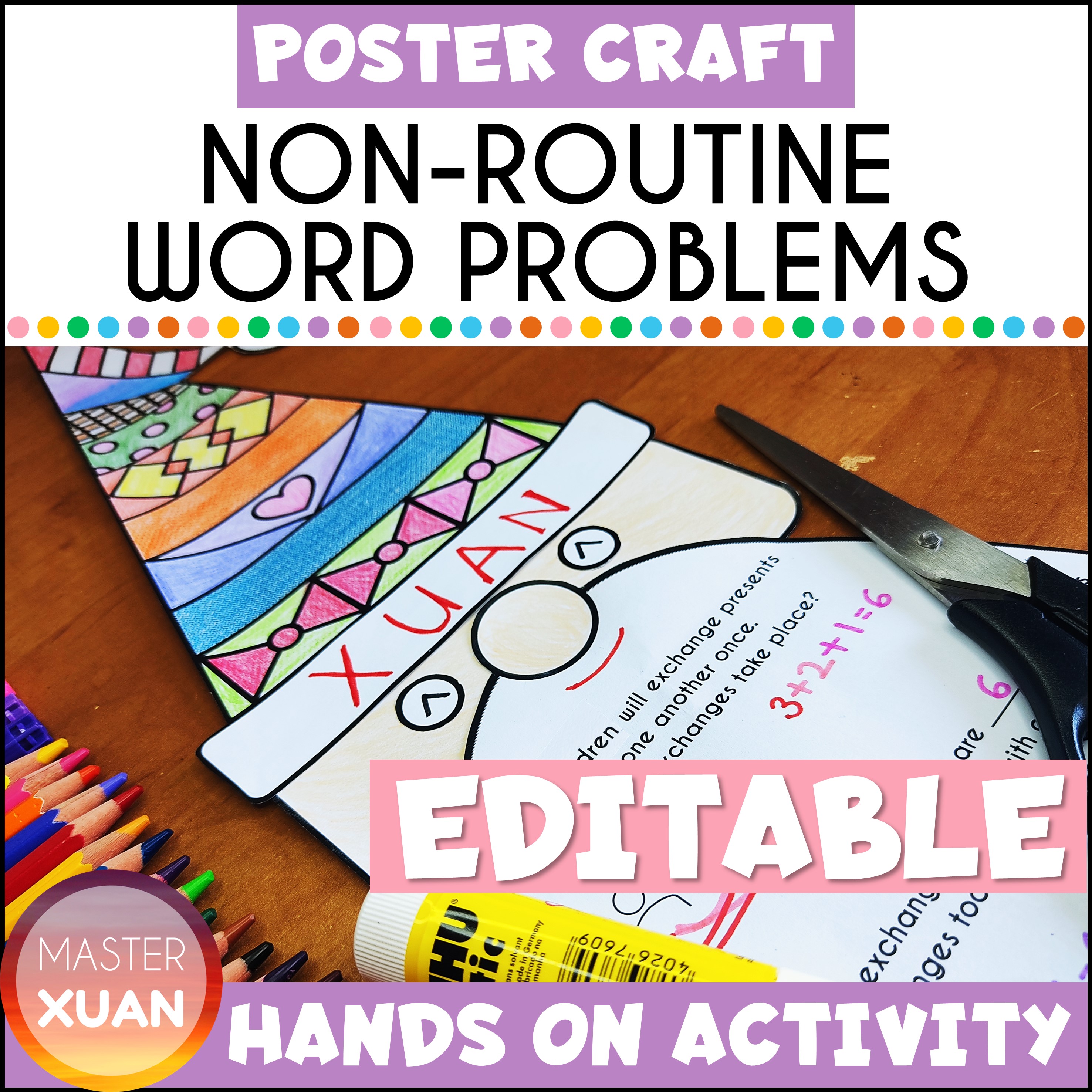
If you are out of time and in need of more word problems, grab those done-for-you word problems at my TPT store!
Here are some pins that you can save to bookmark this post. Save them to your Pinterest Board now! ↓
